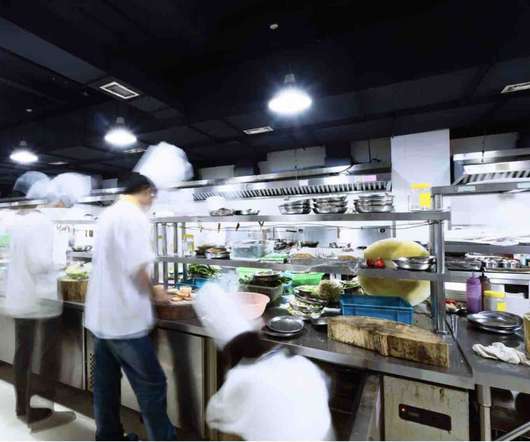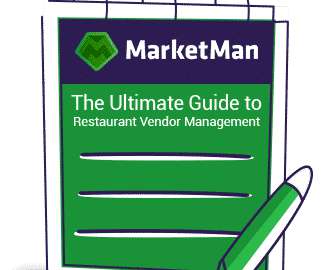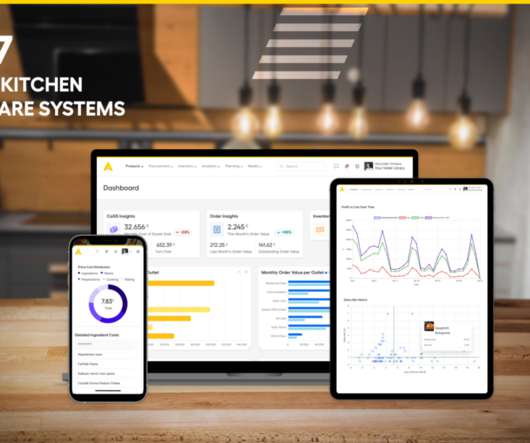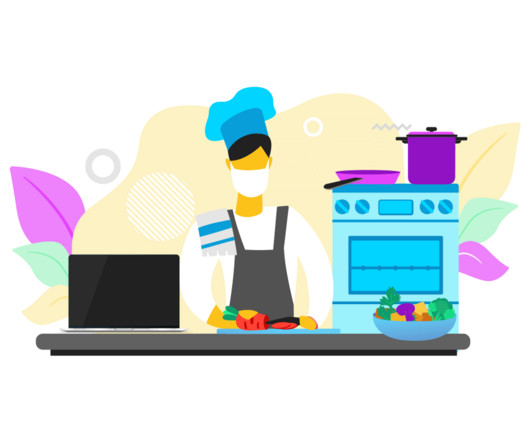Pandemic Effects on Funding, Growth and People – Plus Predictions for 2024
Modern Restaurant Management
DECEMBER 29, 2023
However, our industry still is an attractive space for well-suited technologies, improving efficiencies at every level of the restaurant from inventory to customer service. In 2024, we will see blended effect on development pipelines for many brands, from low real estate availability, high rents and construction costs.















Let's personalize your content